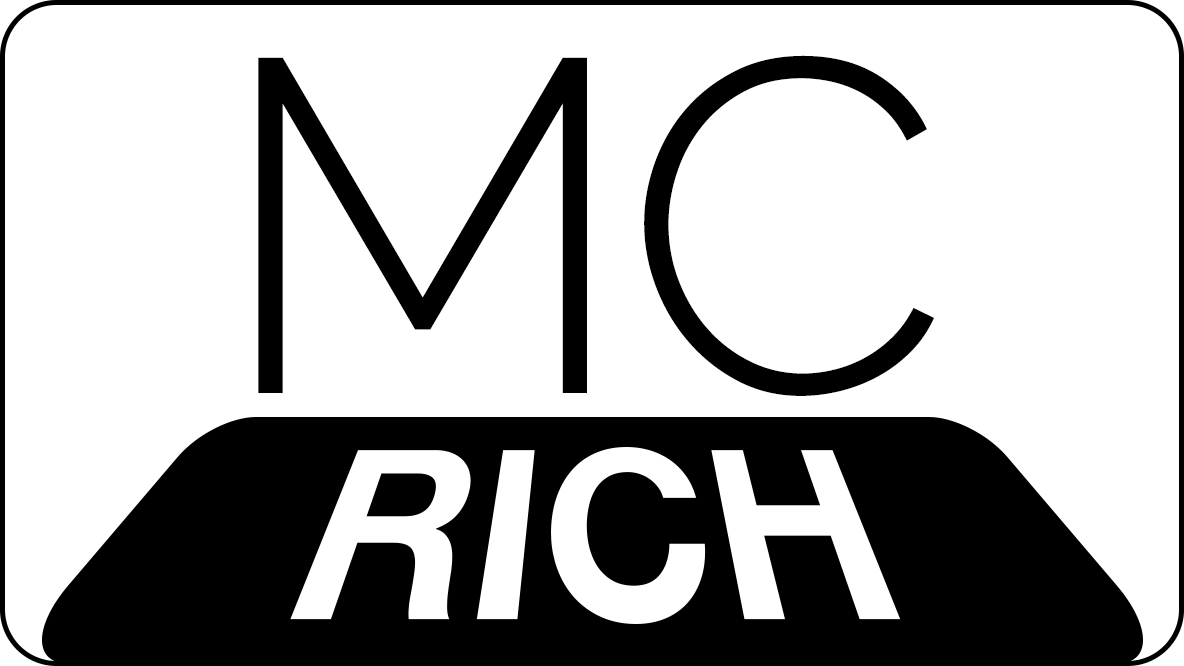Overview
Food accessibility is a problem people face everyday. Whether it's not having access to healthy food and being in a food desert or not being able to pay for healthy food. The problem that is perpetuating all of this is companies and the government.
Food Insecurity

Let's start with a definition, feedingamerica.org defines food insecurity as "a lack of consistent access to enough food for every person in a household to live an active, healthy life. This can be a temporary situation for a household or can last a long time. Food insecurity is one way we can measure how many people cannot afford food."
Studies show that the estimated amount of food insecure house holds in the us are 42 million. Food insecurity can affect all types of people, for example: Seniors, Children, Latino, or Black communities
Take a look at this map of insecurity from feedingamerica.org
What Are Food Deserts?
Food desert are where there are little to no grocery stores within a mile of an area. Typically they contain some fast food restaurants and that's about it for food. However, due to the high amount of fast food in peoples diets, there is a higher risk for health issues such as heart disease, liver failure, diabetes, obesity, and more. These areas typically have a lower population, higher vacancy rates and the majority of residents are most of the time uneducated and have low income or are unemployed which also means they can't afford to treat health issues.
Where Are They Getting Food?
People are getting food from multiple places, all unhealthy. Whether it's from connivance stores with foods high in saturated fats and sugars or fast food that is also high in those same micronutrients.
The other problem is transportation, most people are in food deserts because they have a low income and can't leave. Most of them can't travel to a grocery store with healthy foods, let alone pay for it.
How Did This Happen?
The short answer is institutional based discrimination. Food deserts can be created based off of numerous factors such as Income, convince foods (corner stores, fast food, etc.), and Chains. It's expensive and a risk to companies to open a grocery store or food chain in a food and income insecure area where it may not pay off.
What's Being Done?
However, after inspiration from people and years of work, programs are popping up to help people grow vegetables and there are Incentivizes for grocery stores to open in those areas.
What Barriers Are Being Faced?
As stated earlier there are now incentives being put into place to bring healthier foods at a cheaper price to insecure households in food deserts as well as garden projects. However, there still is a risk factor for companies and are therefore being cautious which as long as they are, we will not be able to solve this issue. Furthermore there are some places facing government based issues with property that could be used as gardens as well as political support with planting such gardens and importing seeds to get this started
What Can You Do To Help?
Plenty of things. Spread the word, volunteer, travel to places and help people. Give money to people collecting funds for insecure people. Check out Feeding America, contact your representatives, make your own community garden, set up a food drive. People need your help, and we all need to pitch in. A little work from a lot of people means a lot of work. Engage you friends and family in whatever you do to help as well!



Sources
https://serc.carleton.edu/integrate/teaching_materials/food_supply/student_materials/1063
https://hungerandhealth.feedingamerica.org/understand-food-insecurity/
https://www.feedingamerica.org/hunger-in-america/food-insecurity
https://www.youtube.com/watch?v=EzZzZ_qpZ4w
https://www.aecf.org/blog/exploring-americas-food-deserts
https://www.cnbc.com/2020/08/20/trader-joes-kroger-walmart-supervalu-and-americas-food-deserts.html
https://www.youtube.com/watch?v=dDbENx9c3Fg
https://www.prevention.com/food-nutrition/g33958926/food-insecurity-in-us/
Wix Images

